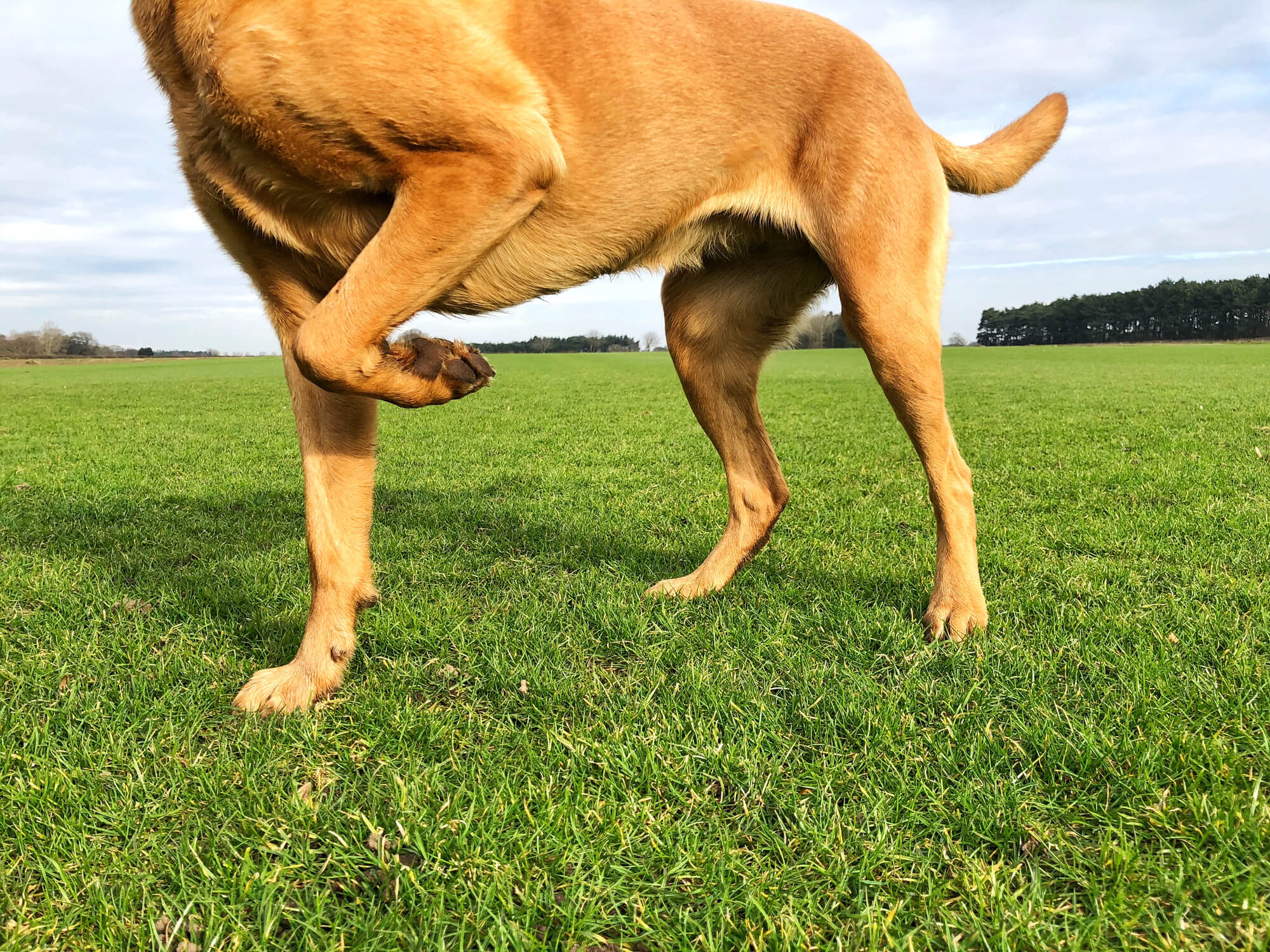
Watch for These Behaviors that Indicate Your Pet Is In Pain
It’s not always clear when a pet develops a health problem. They can’t use words to communicate with their owners, which is why many ailments go untreated for a long time. To complicate matters even more, pets are masters at keeping their pain a secret. This survival instinct leads many pets to suffer in silence.
Health problems that fly under the radar can significantly impact your pet’s quality of life. Help your companion get back to their happy, energetic self by learning how to detect the presence of injuries and disease.
Why cats and dogs hide their pain
Pets hide their pain as a defense mechanism. Cats and dogs descend from ancestors that had to survive in the wild. These ancestors learned that pain, injuries and diseases made them appear weak to predators. Wild animals make themselves less of a target by pretending to be in good health. Your indoor cat doesn’t have to worry about predators, but this survival instinct is still wired into their genes.
While cats are more likely to mask their pain, certain dog breeds may hide discomfort in an attempt to please their owners. Some dogs will fight through the pain to get up and greet owners when they come home. They’ll try their best to keep pet parents company and complete training sessions, all while keeping an injury or disease under wraps. The most loyal pups will prioritize their owner’s happiness over their own wellbeing.

Watch for these subtle signs of pain
Pets can’t communicate the way humans do. Instead of speaking to us with words, cats and dogs use behavioral changes to indicate something’s wrong. Changes in behavior allow pet parents to detect pain even when their furry companions try to hide it. Below are the most common signs your pet is harboring an injury or disease.
- Your pet stays on flat ground: A healthy dog can climb stairs and jump on the bed with no problem. Similarly, cats love to explore high places like cat trees, bookshelves and countertops. Pets that avoid traveling to different elevations are most likely dealing with a mobility issue. Any number of health concerns can limit mobility, including arthritis, hip dysplasia or a torn ligament.
- Your pet is walking strangely: Pet parents might be able to detect slight changes in their pet’s movement. Pets with joint problems struggle to stand up from their resting spots. You may also notice limping, stiffness in the limbs or a swinging gait when they walk. These are all signs the pet is in pain, either from a degenerative disease or too much roughhousing during playtime.
- Your pet sleeps more than usual: It’s perfectly normal for cats to sleep all afternoon. They sleep a lot more than humans—in fact, cats spend most of their lives fast asleep. Dogs also take frequent naps, although they’re more active during the day than their feline counterparts. However, pet parents should consult a vet if their furry companion is sleeping all the time and has no interest in playing. Pets become lethargic and extra tired when they’re trying to heal an injury or fight an underlying disease.
- Your pet changes their temperament: Pet parents need a good understanding of their pet’s normal temperament so it’s easier to detect changes in behavior. A pet parent should grow concerned if their normally social, friendly dog has become aloof and aggressive. Sudden changes in behavior aren’t normal and usually indicate the pet is in pain. Sweet-tempered pets will lash out because they’re afraid interactions with others will cause more discomfort.
- Your pet has a change in appetite: Pay attention to how much your pet eats and drinks on a daily basis. Pets that suddenly lose their appetite are usually suffering from stress or a digestive problem. On the other hand, pets that constantly beg for more food could be dealing with intestinal parasites. A pet might also become extremely thirsty when kidney disease is present. Take note of how your pet eats, too. Pets that drop food or favor one side of the mouth often have a dental problem like tooth resorption or periodontal disease.
While pets prefer to keep their pain a secret, there are many telltale signs that let pet parents know their furry companion is suffering from a health problem. In order to recognize these signs, pet parents must have a firm grasp on what their pet’s normal behavior looks like. This will make it much easier to detect the warning signs early on and seek the help they need.


